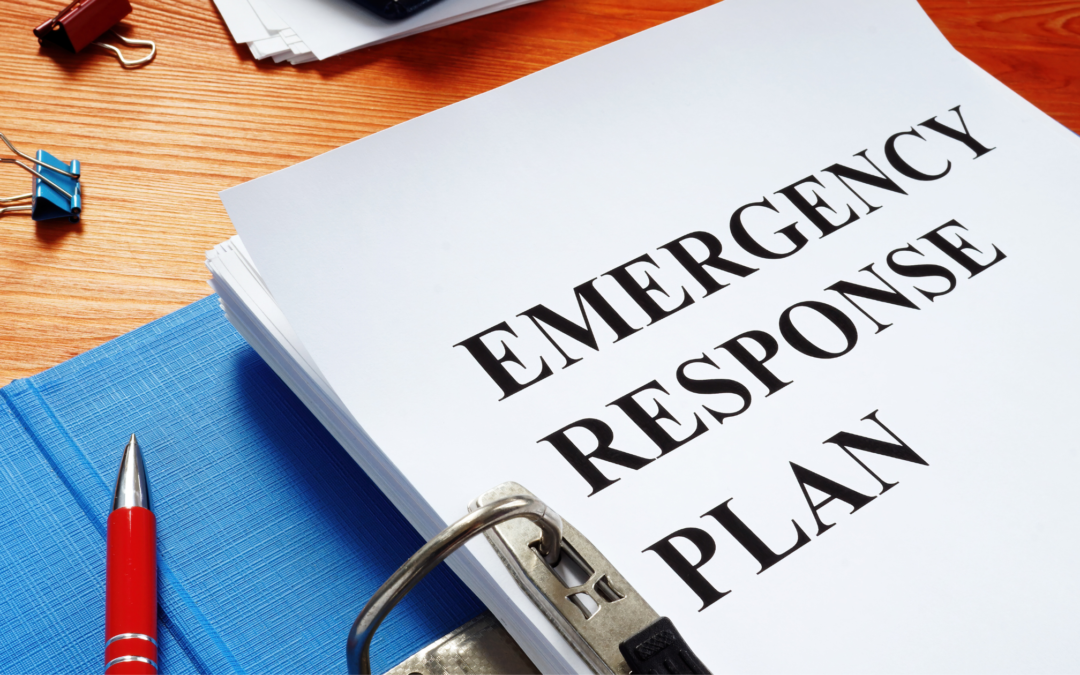Certainly, in the last few years, we’ve all become familiar with emergencies and perhaps have come up with new individual mechanisms to cope with them. But how about your board members? Are boards adequately trained to react quickly when emergencies arise?
Anticipation and Proactive Messaging are Key
Anticipation is key. Becoming aware of potential crises before they develop can create proactive solutions, whether they be economic, social or health related. Staying on top of the news and keeping an active eye on trends is critical. If there is an economic crisis on the horizon, a possible recession or some other type of economic downturn, how will it impact your association and its members? Will business be impacted? If it’s a health emergency, as we’ve seen recently, are your members and the association prepared to handle the emerging crisis with appropriate policies and procedures?
Messaging is also key and staying ahead of the curve is vital. Crafting proactive messaging rather than reactive shows your members you are working on their behalf, offering them not only critical updates, but also providing them with practical solutions about how to cope with the issue.
Conference Emergencies
What about meeting and conference emergencies? Is there an emergency preparedness plan in place? Once again, appropriate communication is vital as well as preparing for every contingency that could occur both before and during the meeting. For example, in the event of an emergency (natural disaster, strike, pandemic, potential violence, etc.) that could warrant cancelling the meeting, the Executive Committee, Conference Chair and Executive Director would determine whether the meeting would be canceled. These individuals would confer by conference call prior to departure. If a decision is made to continue the meeting as scheduled, the group will then determine the most effective communication methods to convey this information to all attendees, speakers, and exhibitors.
If an emergency occurs onsite, warranting possible cancellation, the group listed above should report to a predetermined location at the meeting site and a recommendation would then be made to the Board. If very few attendees or exhibitors have arrived, the association’s headquarters would be notified immediately. Emails would be sent from headquarters to all attendees and exhibitors along with a recorded message from either the President or Executive Director. If the meeting needs to be canceled and some attendees have already arrived, telephone messages would be forwarded to attendees directly at the hotel. A similar message will also be placed on the main association phone line and on staff voicemails. Broadcast e-mails will also be sent from the office. Policies for refunds will be communicated in all messages.
Crisis Communication
Another type of crisis occurs when a controversy strikes your industry, one that necessitates comment and an immediate response. Some examples include legislative issues, pending litigation, whistleblower complaints, ethics problems or product liability. Addressing the issue first is the best policy to follow. And to do that, a crisis response plan should be in place containing the following components: formation of an appropriate policy, creation of a crisis management leadership team, determination of the nature of the crisis, utilizing the plan in place, responding to the crisis in a timely fashion and then evaluating the quality of the response afterward. It’s also important to train the crisis response team and practice responding to different situations.
